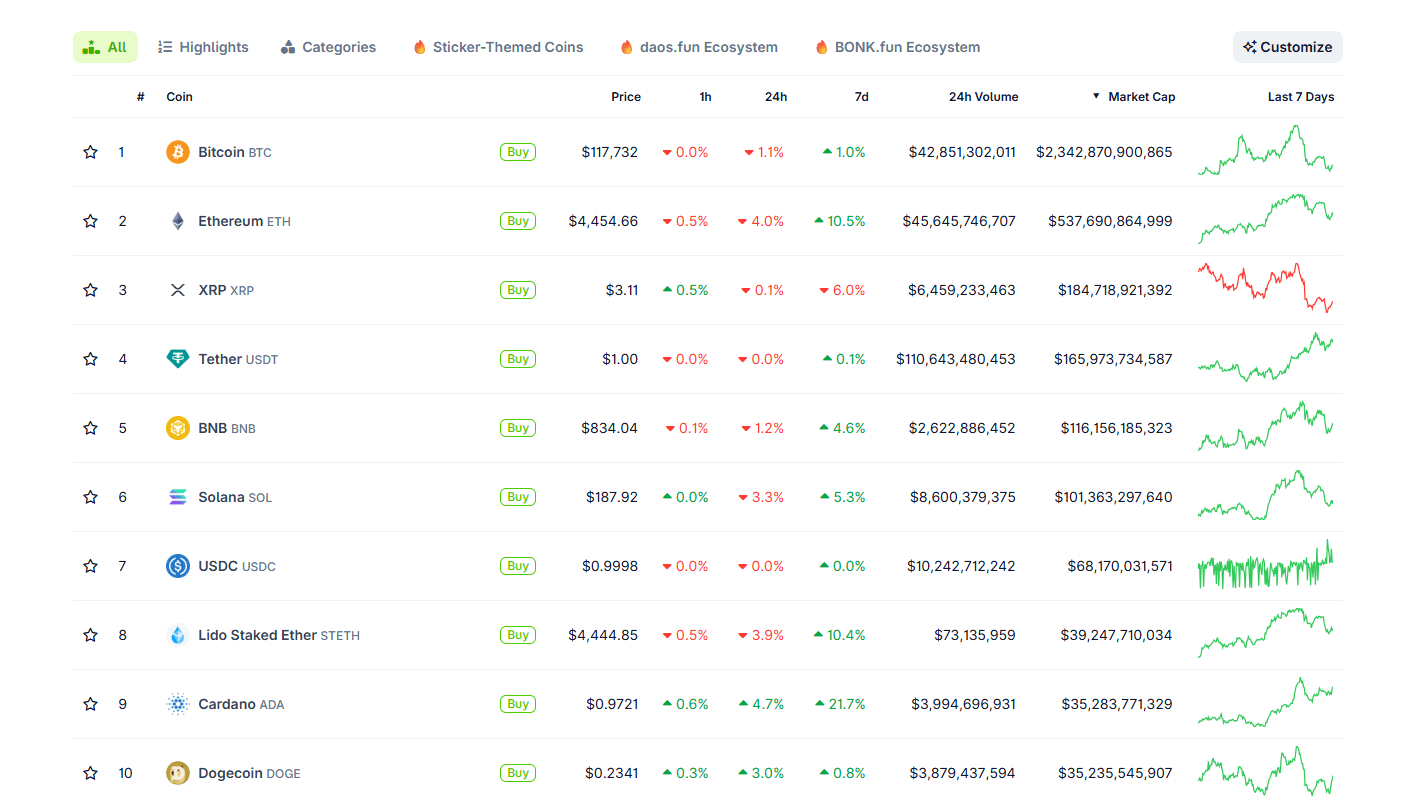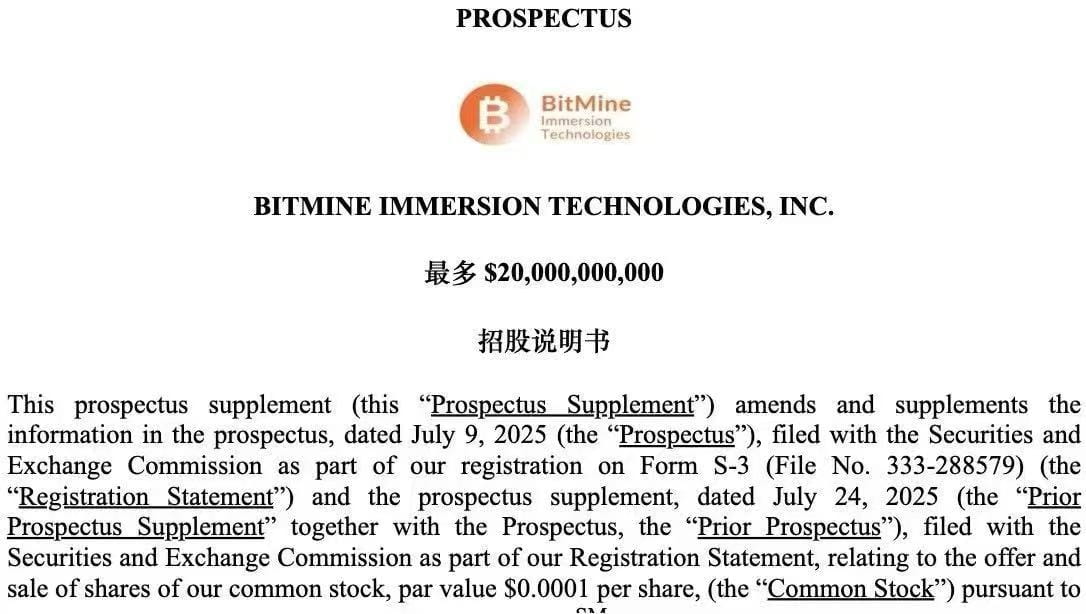In the past few days, due to PPI data, the market has undergone a major correction, causing panic among many, leading to liquidations.
However, as long as the fundamentals do not change, the logic for buying or selling will not change. A sell-off due to negative news will rebound in a few days as long as it does not affect the underlying bullish logic.
This article discusses the logic behind ETH's recent price increase.
The core reason for this price increase is that ETH, due to its highest level of decentralization, has transitioned from a public chain concept to a foundational tool in the web3 financial ecosystem, becoming a reserve asset for Wall Street investment institutions.
Since the beginning of public chain competition in 2021, ETH has consistently held the top market cap among public chains. So until mid-July, I was viewing ETH through the lens of public chain logic. Even though ETH entered a leading phase in June, I was hesitant to heavily invest in ETH due to the limited upside potential of BTC.

In fact, from the perspective of public chains, ETH's performance has indeed been unsatisfactory.
In the past two years, its staking yields have not significantly improved; its transfer gas fees have remained high, causing star projects like dYdX to migrate; it even completely missed last year's meme coin frenzy...
From the perspective of public chains, compared to the rising star Solana, its performance over the past two years can be considered a failure. Therefore, before mid-July, I did not believe it would break 5000 this year.
But unexpectedly, ETH, as the public chain with the most consensus and the strongest financial settlement attributes, has aligned with this year's mainstream narrative.
One-sidedly speaking, (GENUS Act) successful legislation marks the year of stablecoins. In the latest asset allocations of stablecoin issuers like Circle and Paxos, the proportion of WETH has risen to 6.7%. At the same time, institutions like Grayscale and VanEck are accelerating the preparation of Ethereum spot ETF products.
The strategic reserves of ETH held by Wall Street investment institutions, in terms of funding scale, are on a completely different level compared to the previous small-scale activities of some minor companies.
Even crazier, the ETH microstrategy BMNR plans to distribute 20 billion USD worth of stocks to the secondary market for fundraising to buy ETH.

To be more comprehensive, the main narratives this year are: stablecoins, RWA, stock tokenization, and ETF approvals.
Coincidentally, these four narrative lines all align with ETH, none left out. This might reflect the underlying strength of the first-mover advantage of public chains, or the sustainable dividends brought to ETH by smart contracts.
From a settlement perspective, ETH's applications are basically irreplaceable by other public chains.
In terms of RWA, the total amount issued on-chain currently exceeds 4 billion USD, with over 70% occurring on the Ethereum mainnet and its L2 networks.
In terms of tokenization of stocks, Robinhood is developing a tokenized stock platform on the Ethereum chain; BlackRock is attempting to tokenize a money market fund on the Ethereum chain.
In terms of ETF approvals, the highest expectations are currently for ETH and SOL. The Ethereum ETF filing submitted to the SEC has included staking provisions this time. If approved, the Ethereum ETF will no longer be a truncated version.
This means that ETH used to be a public chain, competing with other public chains like Solana, BSC, and Tron; but in this narrative, ETH is transforming into a foundational infrastructure supporting the web3 financial ecosystem, currently without competitors.
So returning to the initial question, the market dropped sharply due to expectations of an interest rate cut by the Federal Reserve, but I believe the logic for buying ETH has not changed, and there's still a high probability of breaking 5000 this time. Thus, a correction is actually an opportunity to increase positions.
